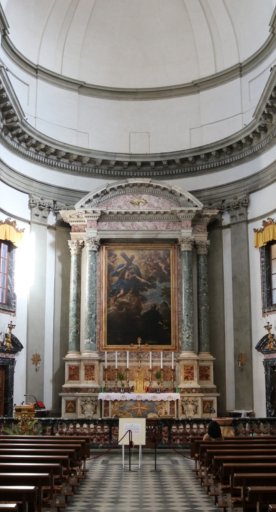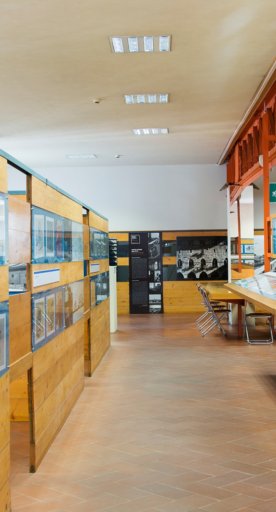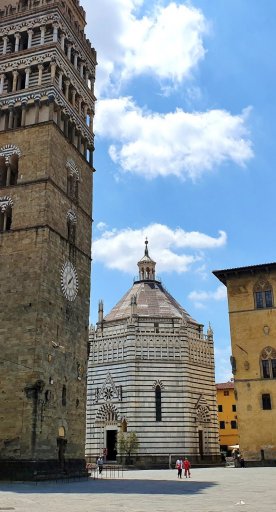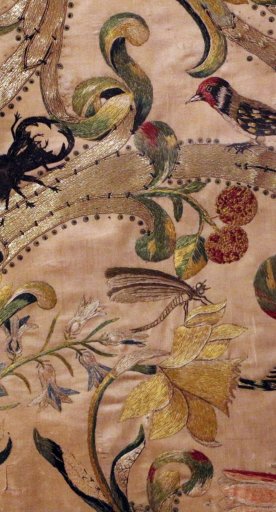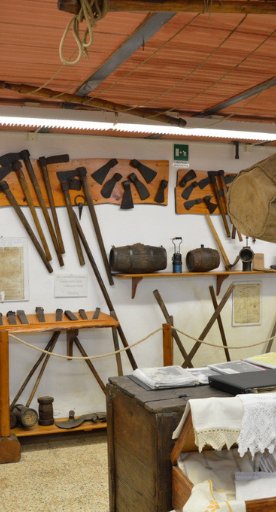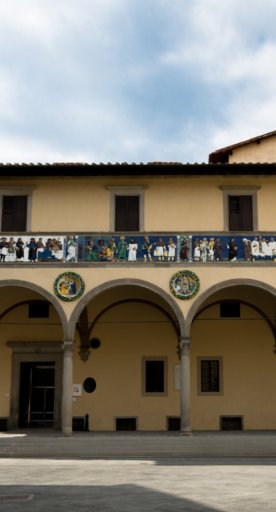
Museum of the Ancient Palace of the Bishops
Overlooking Piazza del Duomo in Pistoia, this museum safeguards unique masterpieces and evocative locations such as the Sacristy of San Jacopo
The Museum of the Ancient Palace of the Bishops in Pistoia is a treasure trove of artistic riches and the most authentic traditions of the city. In addition to housing unique masterpieces, it shines a light on the history and identity of the Pistoia area.
Documented as early as 1091, this medieval building—a symbol of episcopal power—overlooks Piazza del Duomo, next to the San Zeno Cathedral. Although constructed as a fortified dwelling, it was gradually transformed into a stately residence. Sold by Bishop Ricci to private individuals in 1786, the building underwent drastic transformations between 1863 and 1865. It was then purchased by the Cassa di Risparmio di Pistoia and Pescia financial institution, before being restored in the 1970s to become a court and museum.



The Open Museum tour route now allows visitors to admire evocative places such as the Sacristy of San Jacopo, mentioned by Dante in his “Inferno”, and the Chapel of San Nicola. Among the masterpieces on view are the Millefiori Tapestry, an imposing textile work of extraordinary value, Giovanni Pisano’s wooden angel with the head of the Baptist, a cycle of wall temperas by Giovanni Boldini and some of the great canvases of 17ᵗʰ-century Florence donated by Piero and Elena Bigongiari. It likewise includes medieval and Renaissance goldsmithing works, as well as precious liturgical furnishings from the Cathedral.
Major restoration and expansion works are currently underway on the museum itinerary, which will include four floors entirely devoted to the history of the city and its relationship with art, culture and the territory, from ancient to modern times.
The Museum of the Ancient Palace of the Bishops is today one of the museum venues of the Pistoia Musei Foundation, which also includes the San Salvatore Museum, the Twentieth Century Collections in Palazzo de’ Rossi, along with the Palazzo Buontalenti, designed to host temporary exhibitions.
For information on accessibility: pistoiamusei.it
